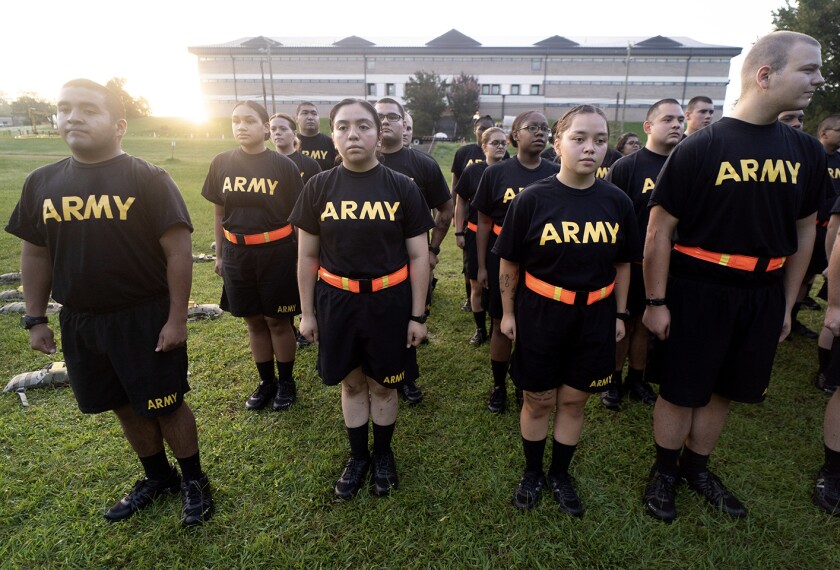In separate plans for overhauling the nation’s immigration laws, President Barack Obama and a bipartisan group of U.S. senators are calling for a pathway to citizenship for the 11 million undocumented immigrants living in the United States, including an expedited route for the more than 2 million undocumented youth who were brought to the country as children.
Such young immigrants, who are either enrolled in school or serving in the military, would not have to clear as many hurdles as undocumented people who arrived in the United States as adults under each of the frameworks laid out by the president and the lawmakers, who differ over making borders more secure as a precursor to allowing unauthorized immigrants to seek legal status.
In a speech delivered last week at Del Sol High School in Las Vegas—home to a large Hispanic enrollment and a special “newcomer” program for new English-language learners—the president said a process to legalize all undocumented immigrants would not be quick, but needs to be “fair.”
“We’ve got to lay out a path, a process that includes passing a background check, paying taxes, paying a penalty, learning English, and then going to the back of the line, behind all the folks who are trying to come here legally,” he said.
But the president made clear that eligible undocumented youths who were brought to the United States illegally when they were children—best known as DREAMers for the long-stalled DREAM Act, which would create a pathway to citizenship for eligible young immigrants—would not be subject to those same conditions. Under the Senate’s plan—crafted by U.S. Sens. John McCain, R-Ariz., Marco Rubio, R-Fla., Charles Schumer, D-N.Y., and five others—DREAMers would similarly face fewer requirements than other undocumented immigrants.
The president said the immigration reform framework outlined by the senators is “very much in line with the principles I’ve proposed and campaigned on for the last few years,” and that he was encouraged that members of both parties “seem ready to tackle this problem together.” He also urged swift action and warned that if lawmakers deadlock over the Senate proposal, he would send his own measure to Congress. The Senate group said it intends to start writing legislation right away with the hope of bringing the bill to a vote by summer.
Concerns Remain
Immigrant-rights groups said the proposals from the president and the Senate have created important momentum to enact major fixes to the nation’s immigration system, an effort that started last summer when the Obama administration began allowing qualified undocumented youth to seek relief from deportation and get a shot at legal work permits. But the groups remained sharply critical of the Obama administration’s use of deportations that have separated some families.
“Enacting the DREAM Act would open the door to legalizing the status of undocumented youth,” said Bethany Li, a staff attorney at the New York City-based Asian American Legal Defense and Education Fund. “Comprehensive immigration reform should also recognize the importance of keeping the parents and family members of DREAMers together, who otherwise risk arrest, detention, and deportation.”
In his speech, President Obama introduced Alan Aleman, an undocumented college student in the audience, who, like many other immigrant youths, was brought to the United States by his Mexican parents when he was a child.
“Growing up, Alan went to an American school, pledged allegiance to the American flag, felt American in every way,” the president said. “And he was, except for one: on paper.”
American high schools produce about 65,000 graduates a year who are unauthorized immigrants, according to the College Board. For many, the lack of legal status shuts them out of higher education opportunities because they are not eligible for in-state tuition and fees at public colleges and universities and cannot access government sources of financial aid.





